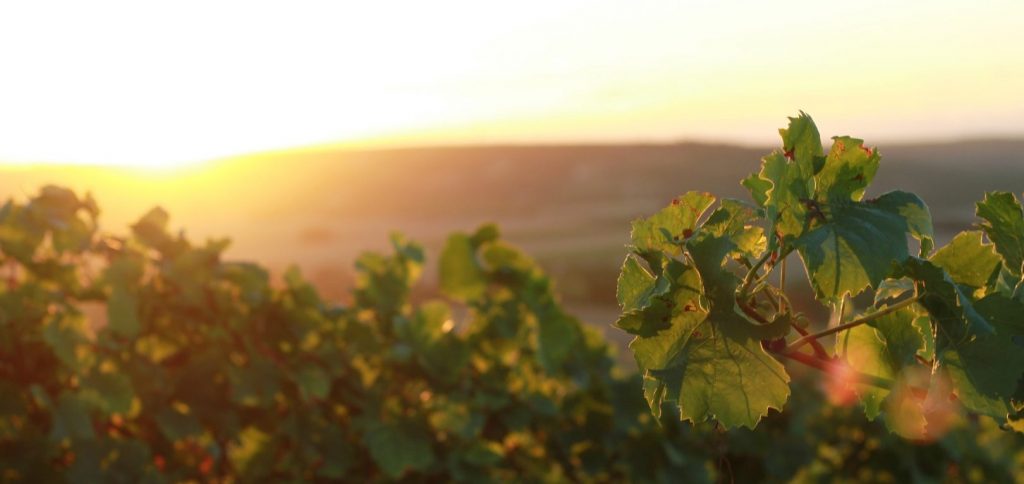Themed Week Energy Efficiency: Wine – Sustainability means quality, too

By its nature, wine contains a good bit of energy from the sun. At the same time, producing and transporting it requires a great deal of conventional energy. For years, wine producers have been striving for sustainability and attempting to put cost-saving solutions into practice.
Lowering CO2 emissions in the age of climate change
How can we measure the ecological footprint of a product? By evaluating the energy required for each step in the production process and converting it into units of CO2. The resulting figure can then be compared with other products. Furthermore, the wine production industry can commit to reducing its ecological footprint within a particular period. These kinds of approaches are good for the environment and can make an important contribution to protecting the climate amid fears of global warming.
Sustainability in wine production pays off
More and more wine producers have realized this fact and have dedicated themselves to sustainable practices. Setting up solar panels or installing them on the roofs of wineries can make a real difference. But an ecological footprint involves much more than just the electric bill. Take transport, for example: Along with the tractor trips through the vineyards, you have to factor in how the bottles make it to the shelves. One tip for vintners? Lightweight glass bottles lower the shipping weight, which means you don’t need to burn as much energy to transport them. New wineries are now using cellar equipment that takes advantage of gravity to transport the musts and wine, making pumping unnecessary. The quality of the wine benefits from that practice as well. Other terms that often crop up in discussions of sustainability in the wine world: waste and water management.
The wine metropolis of Bordeaux has been committed to sustainability for 25 years
Bordeaux was one of the first growing regions to establish a sustainability plan back in the 1990s. Producers refer to the ecological footprint when making decisions about how to practice more energy-efficient and sustainable management. The first CO2 balance sheet was presented in 2008. By 2013, it had already improved by 9 percent. An environmental management system was introduced in 2010. Currently, 680 wine producers, from châteaux to wineries, have volunteered to follow this system, a figure that represents more than half of Bordeaux’s cultivated vineyard area. Their shared goal by 2020: Reduce their ecological footprint by 20 percent, consume 20 percent less conventional energy and utilize more renewable energies.
The path to sustainability: In practice and at SIMEI
Some winemakers meticulously study their soils so that they can nip potential issues in the bud and avoid intervening with any kinds of machines or chemicals. Others process their service water with bamboo plants. Bamboo roots can break down pollutants and absorb bacteria, with obvious benefit to the wine. Reduced energy consumption and operating costs are attractive byproducts, and the plants themselves only enrich the diverse landscape. For many producers, the switch to organic or biodynamic cultivation is the path to greater sustainability and energy efficiency. All in all, sustainability and energy efficiency are more than just economically attractive; they can also improve the quality of a product. Incidentally, grapevines work toward reducing carbon footprints as part of their nature: They absorb CO2 along with sunlight during photosynthesis, which makes them grow.
The ecological footprint of winemaking will be one of the topics at SIMEI@drinktec as well: In the SIMEI Knowledge & Innovation Area, the European Winegrowers’ Association CEEV (Comité Européen des Entreprises Vins) will present the results of an initiative to establish new rules for the ecological footprint of winegrowing products.
